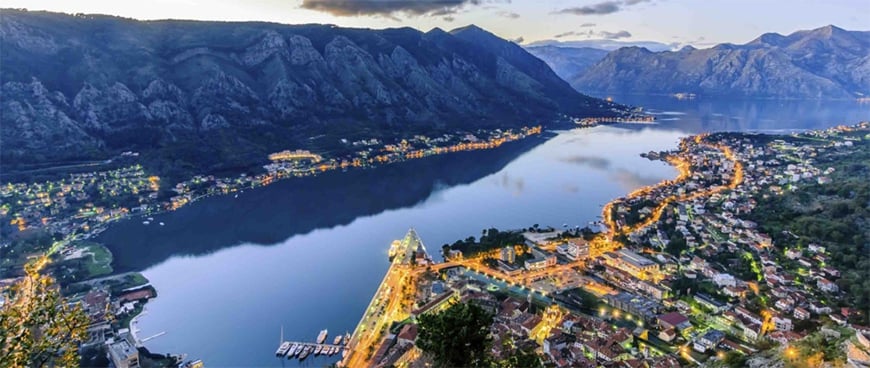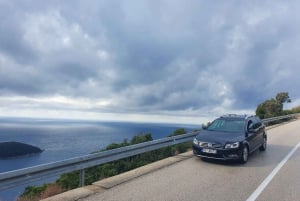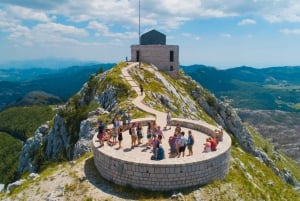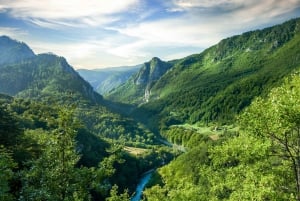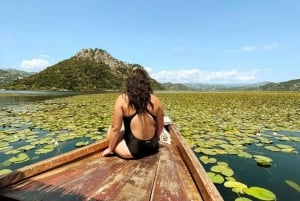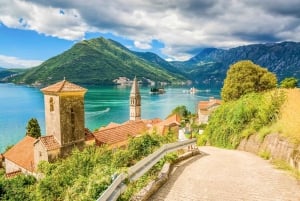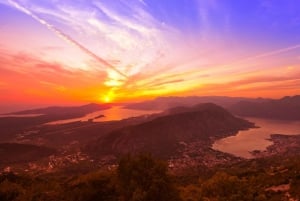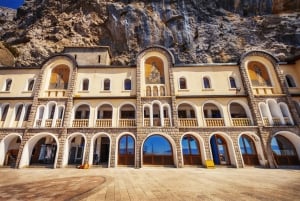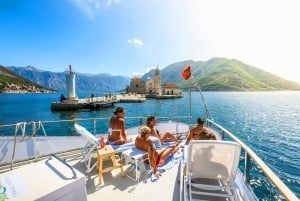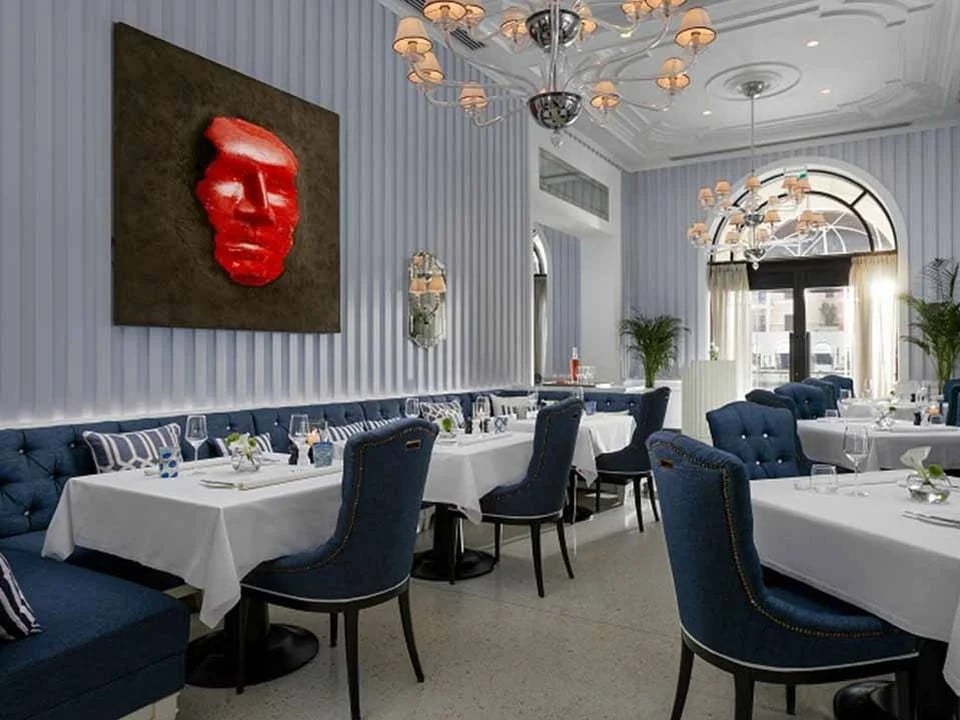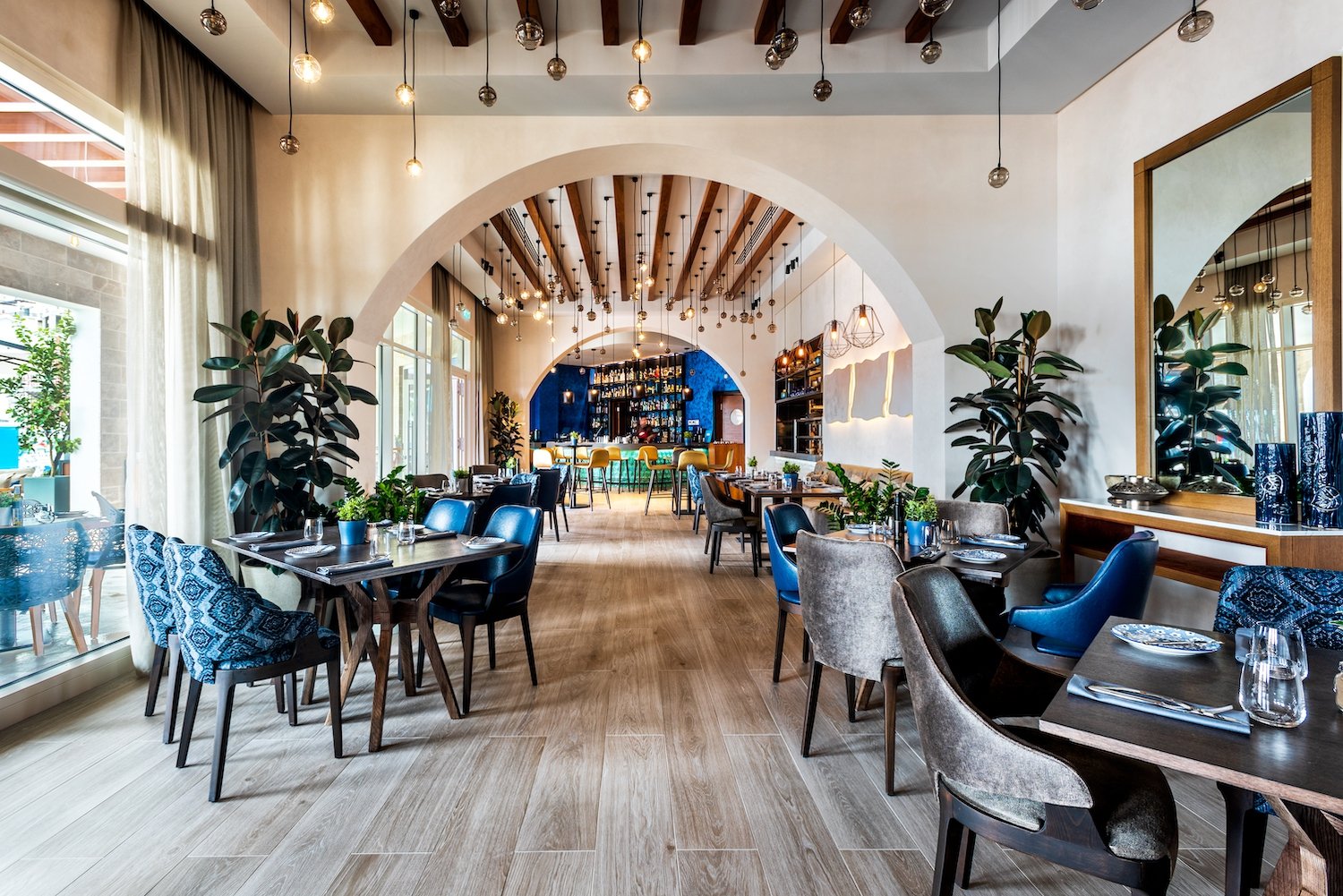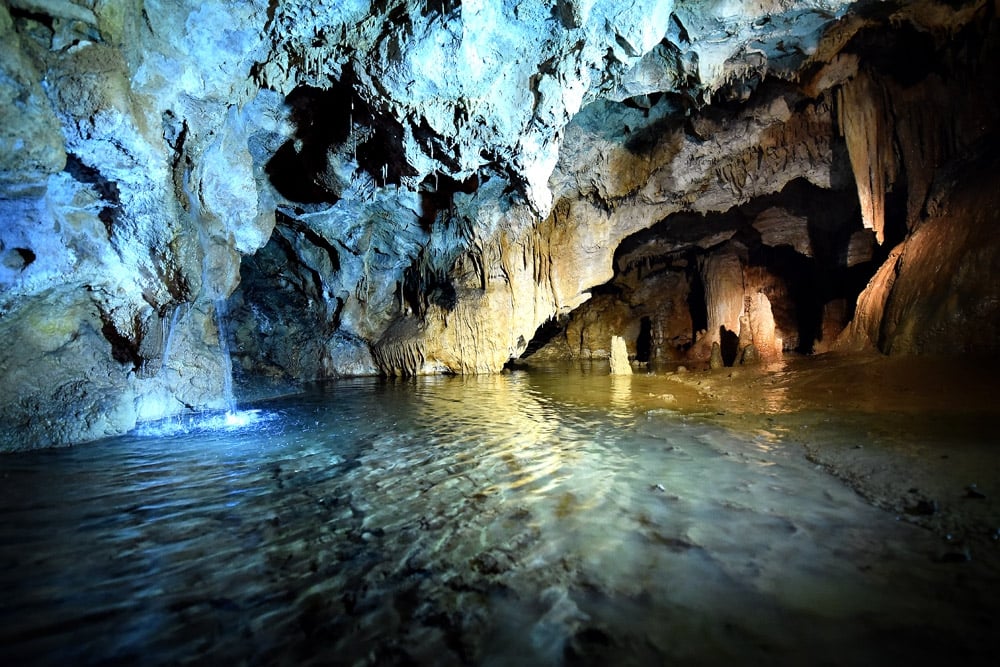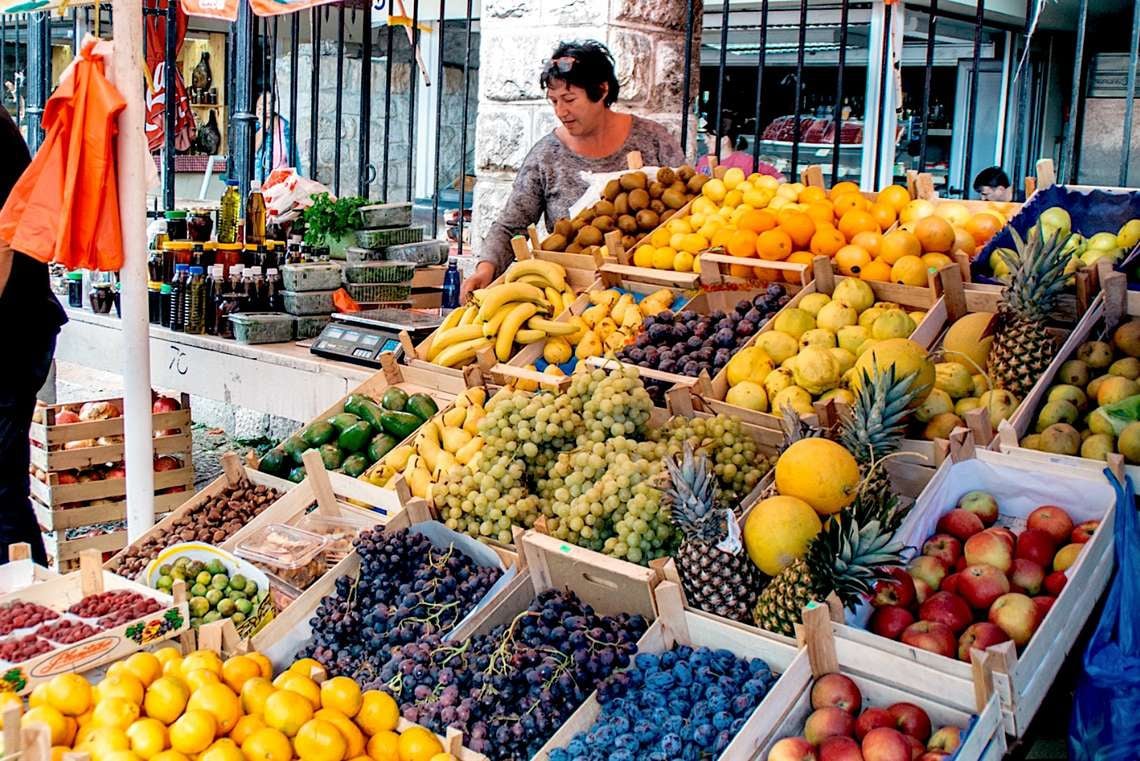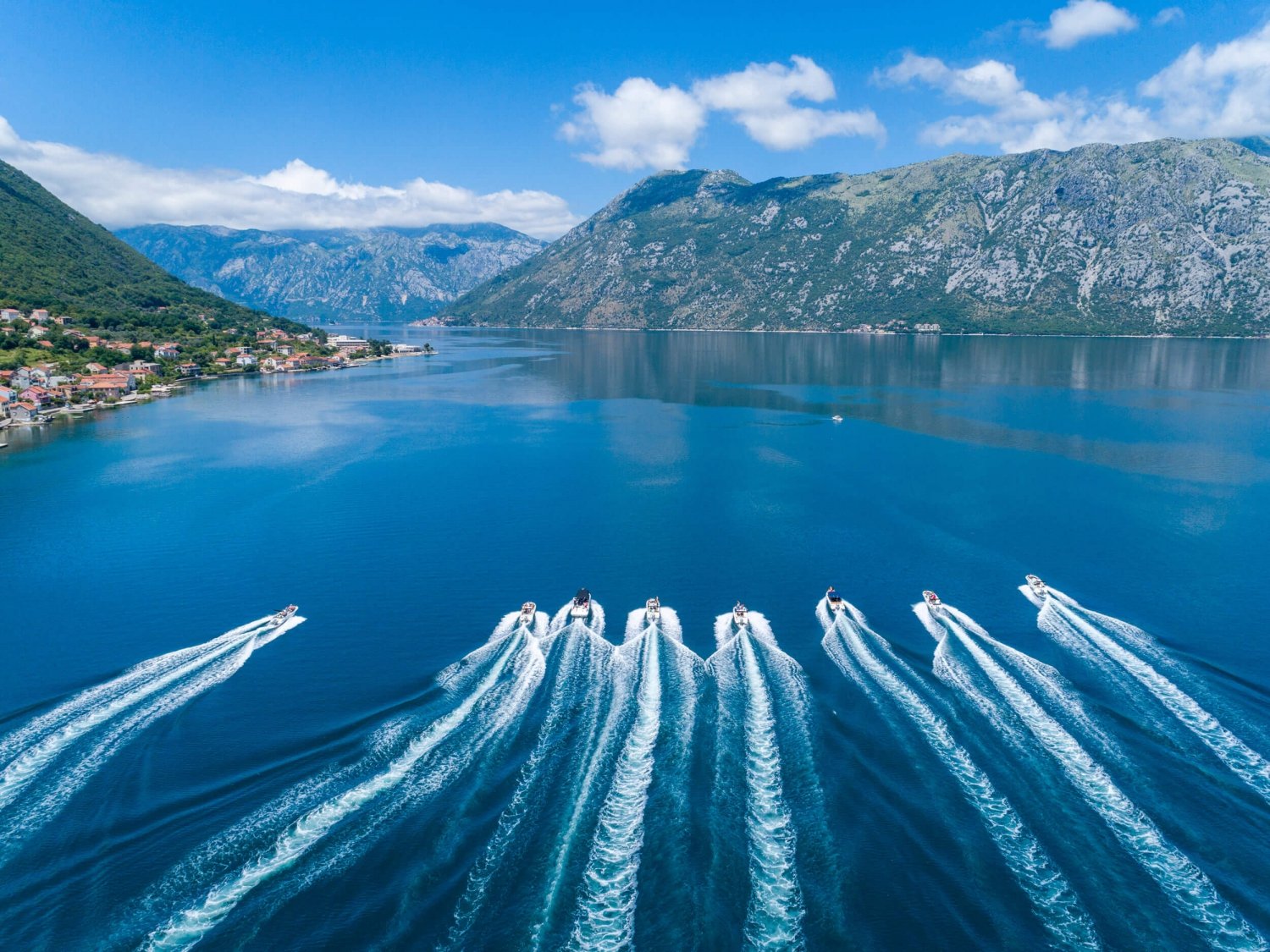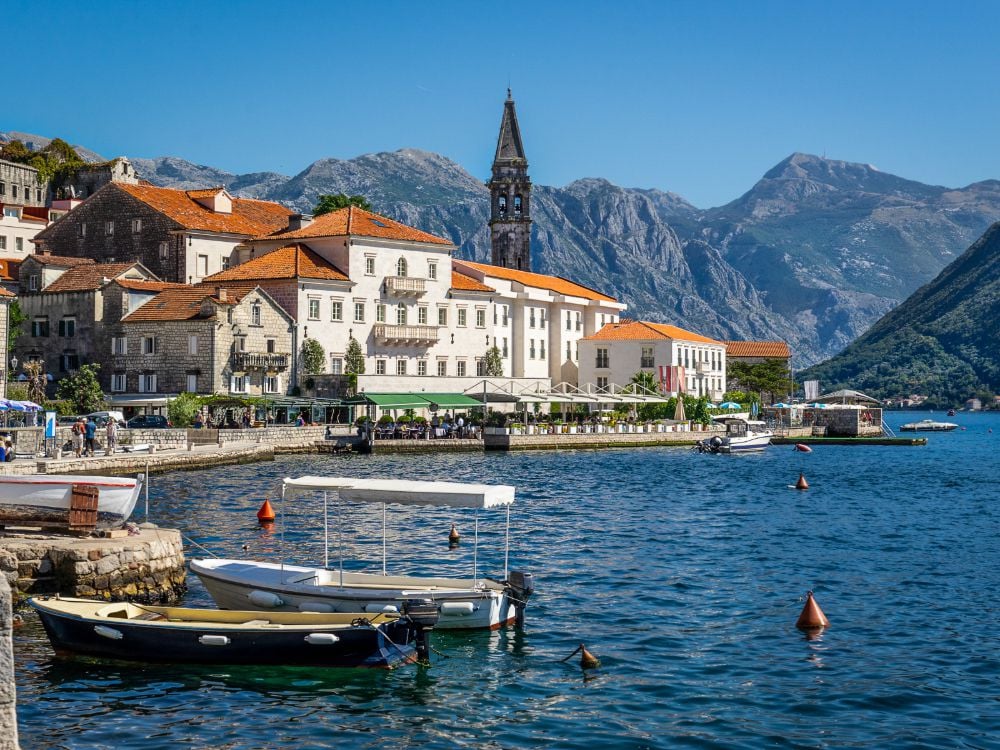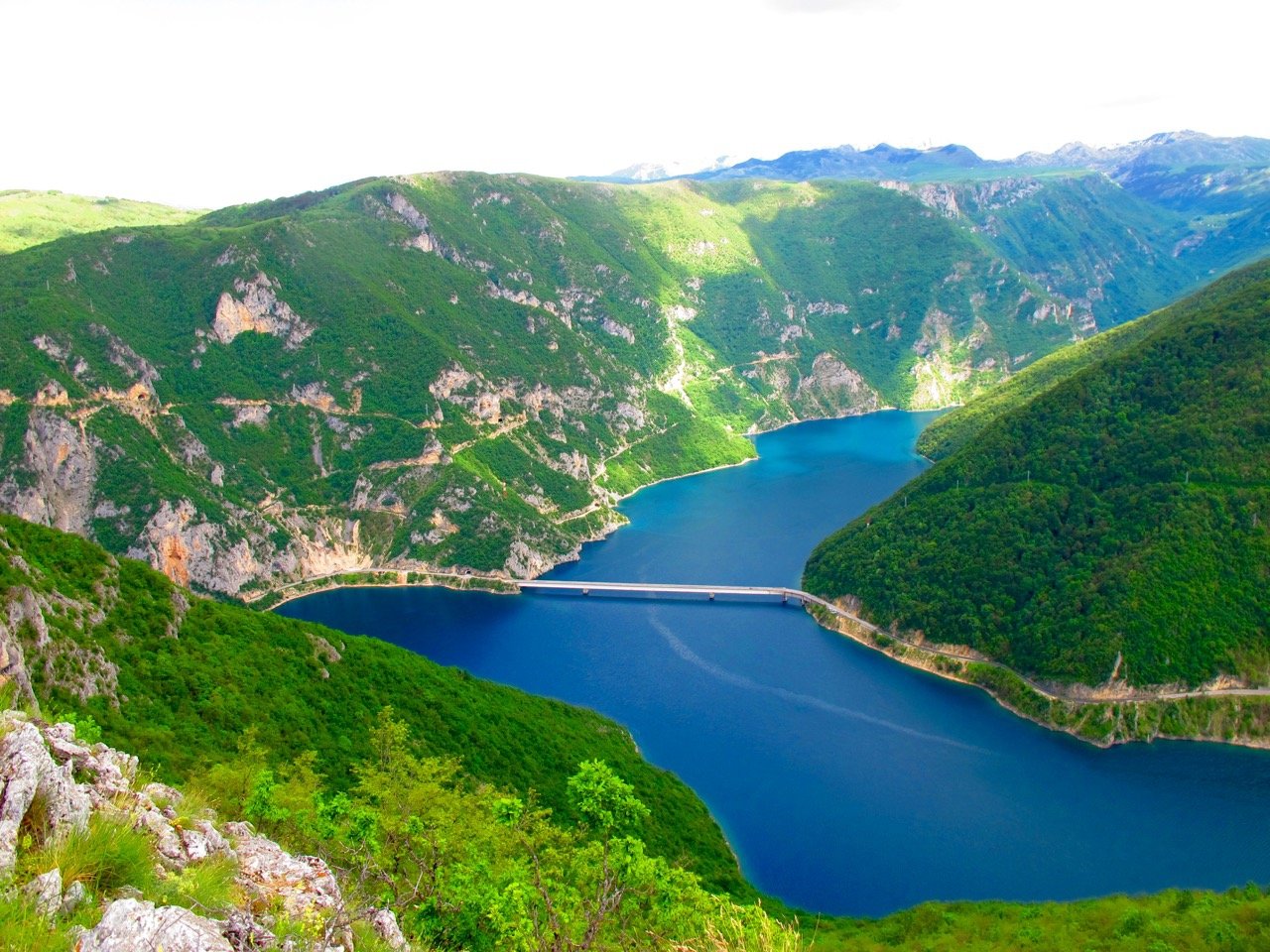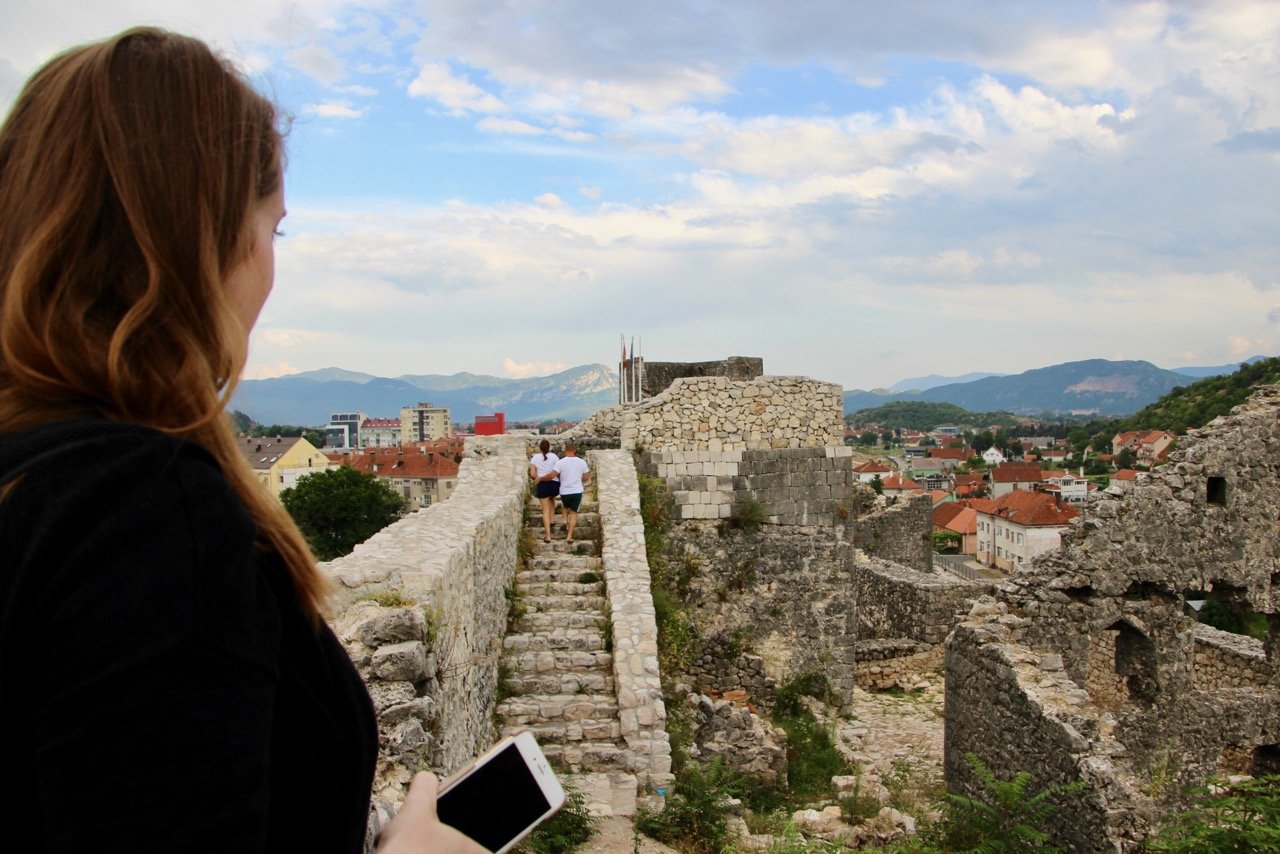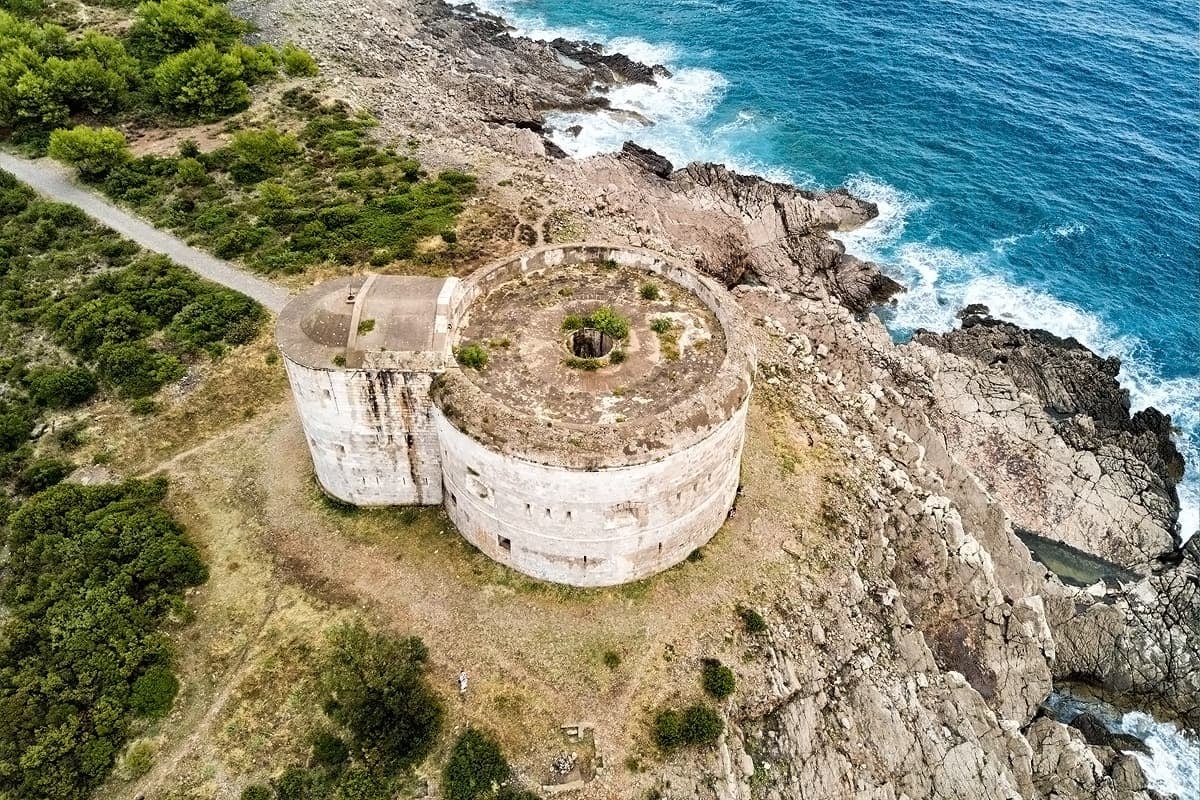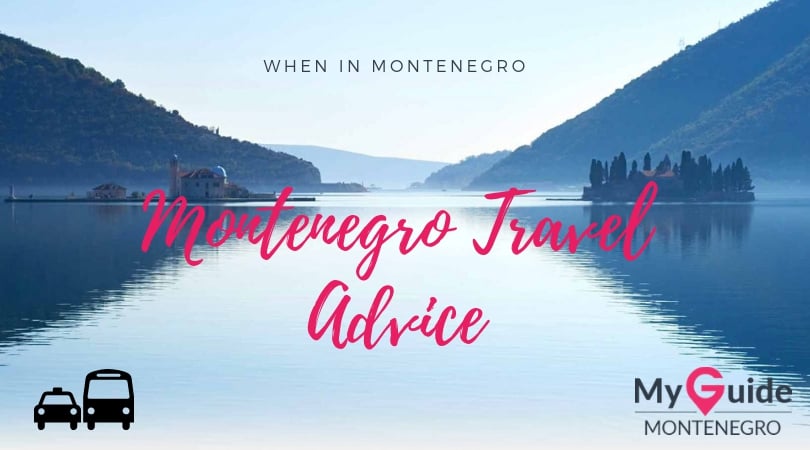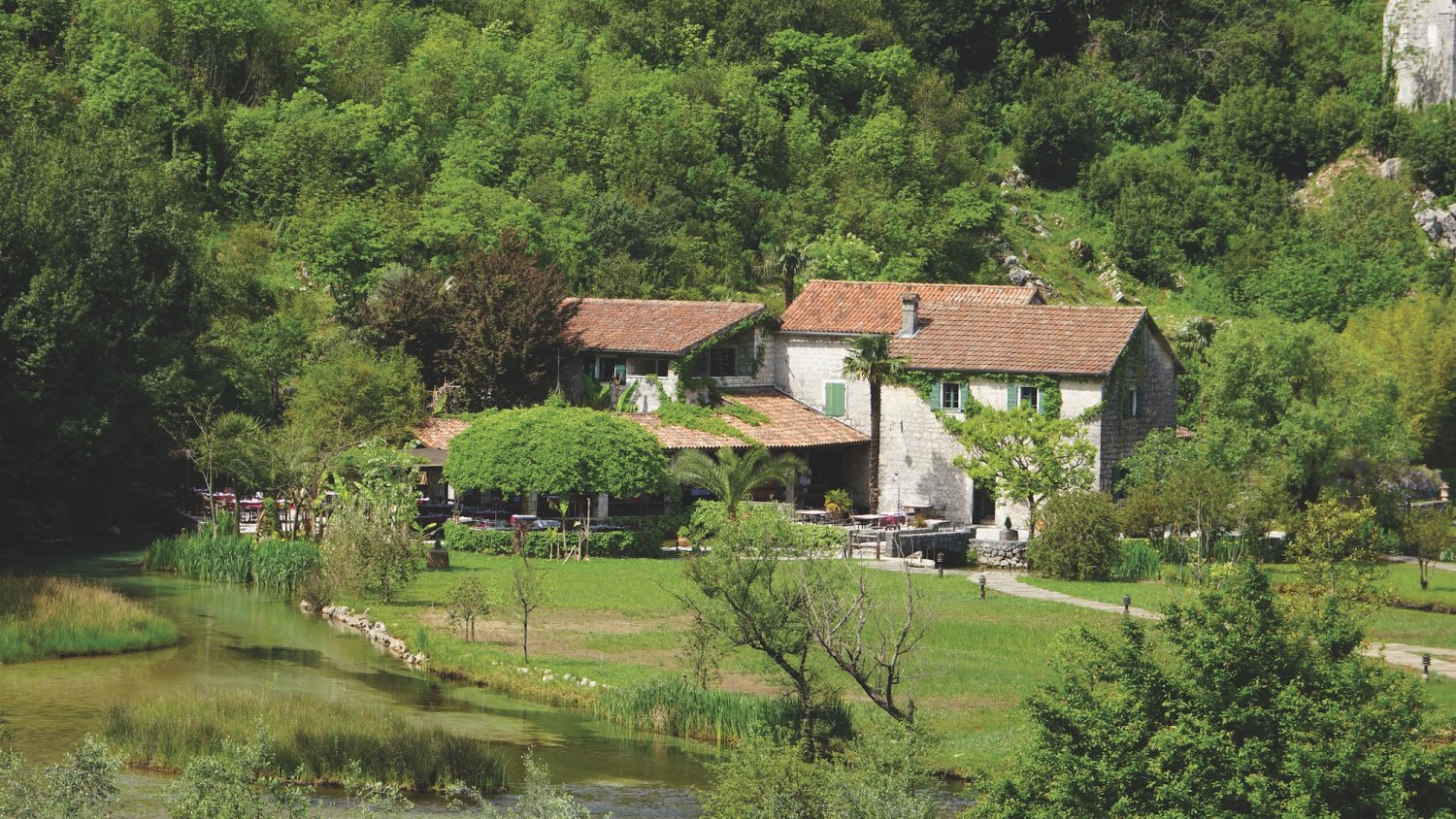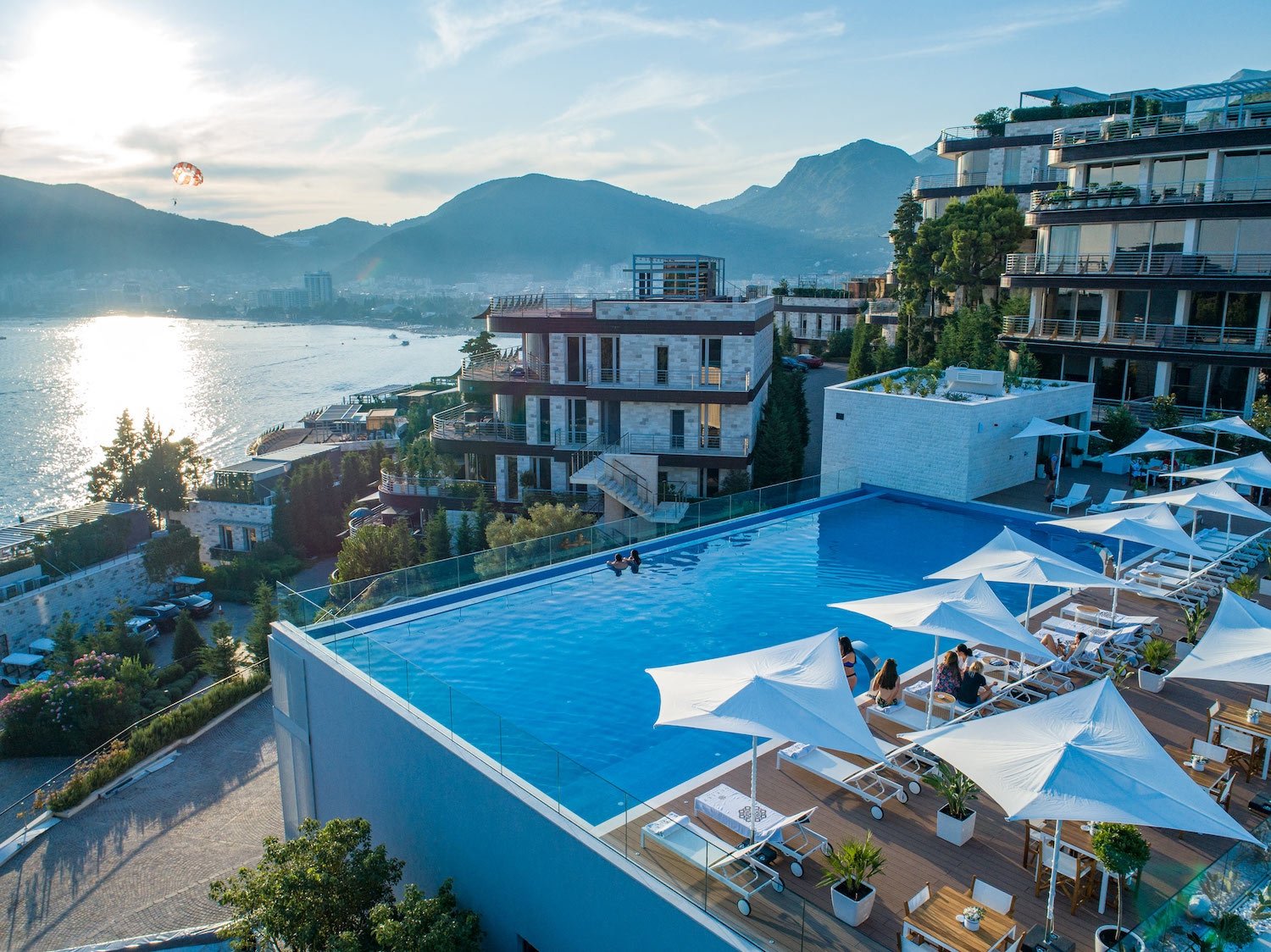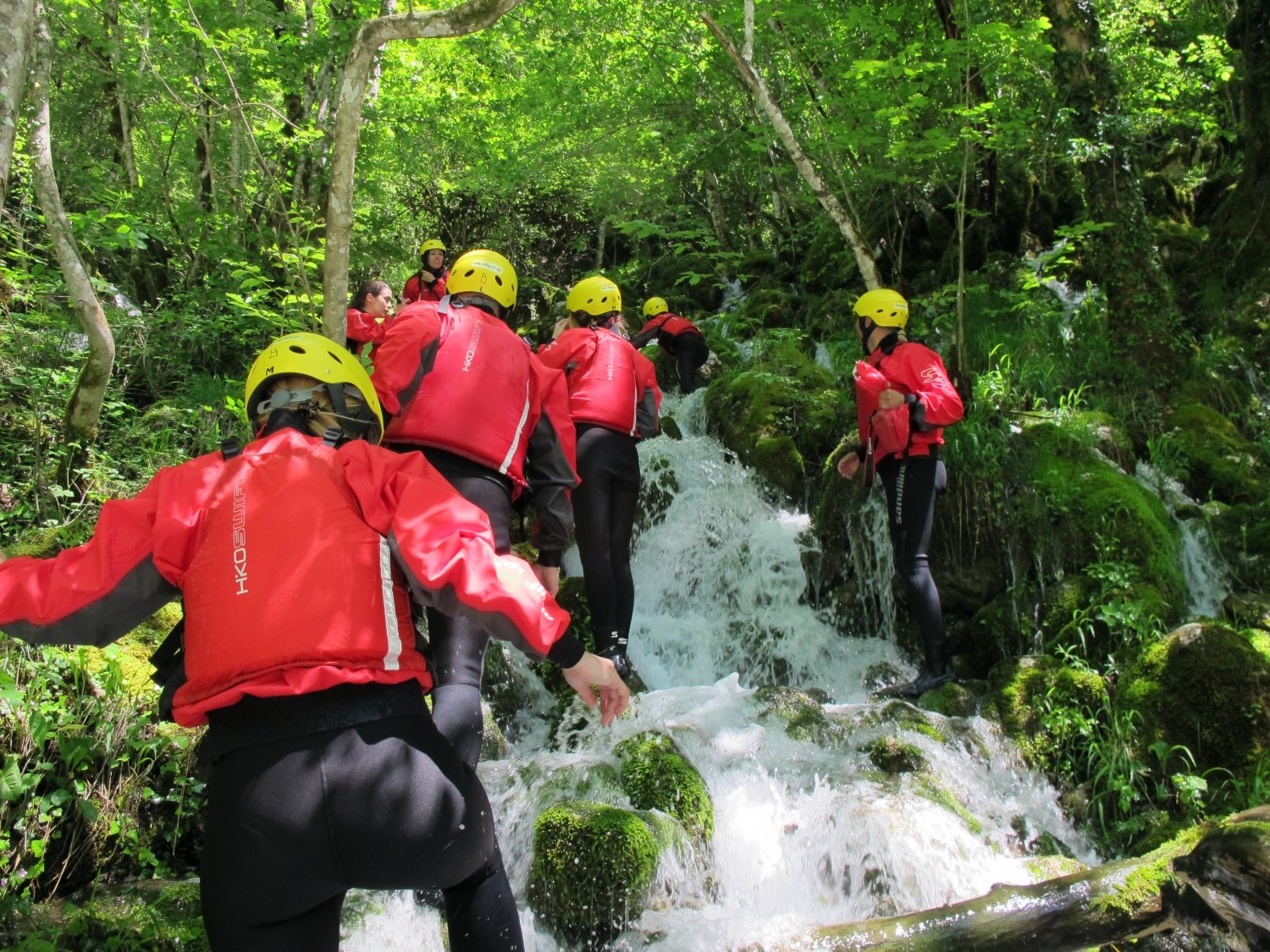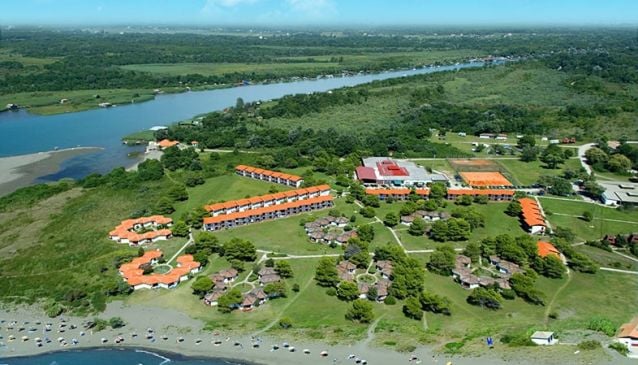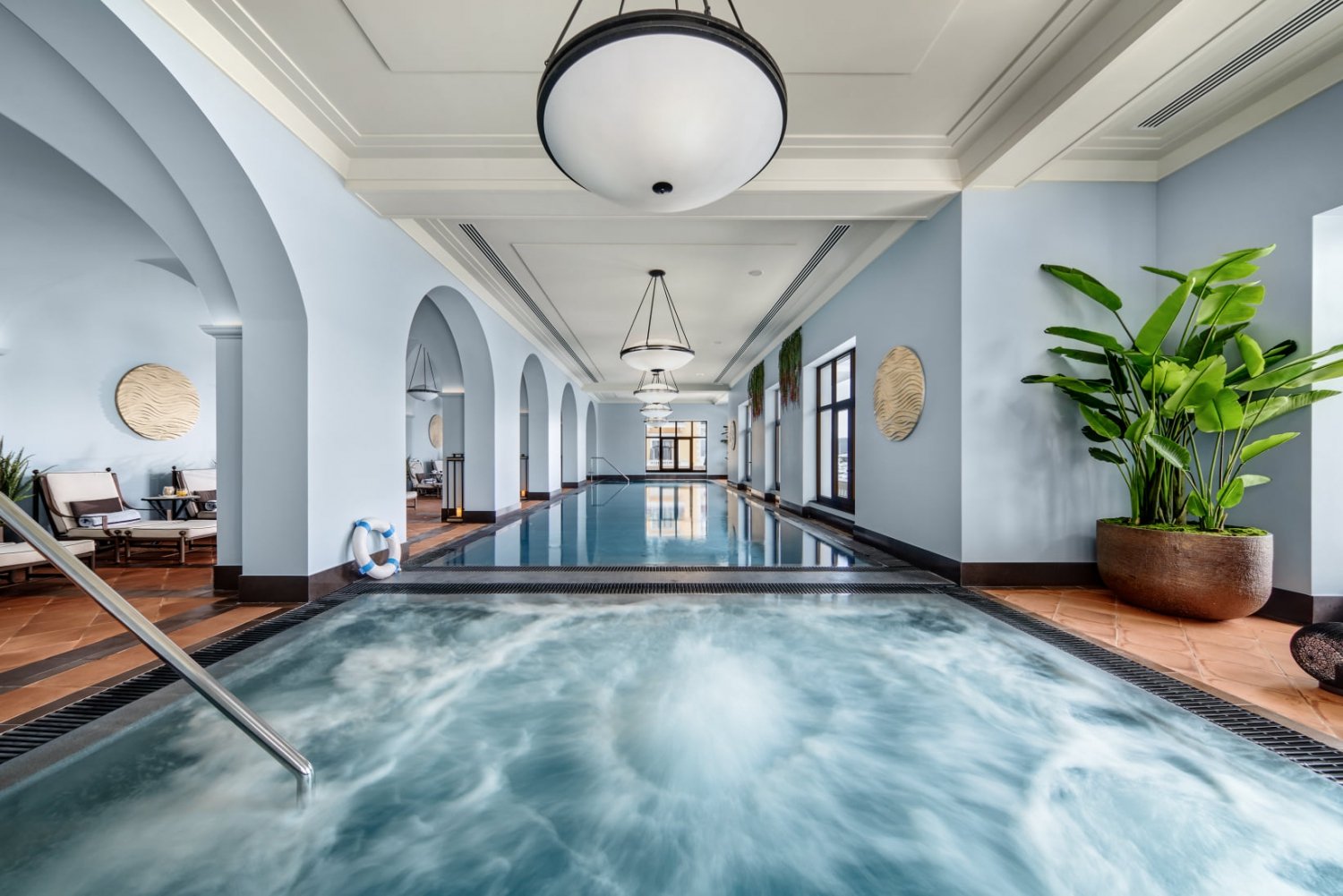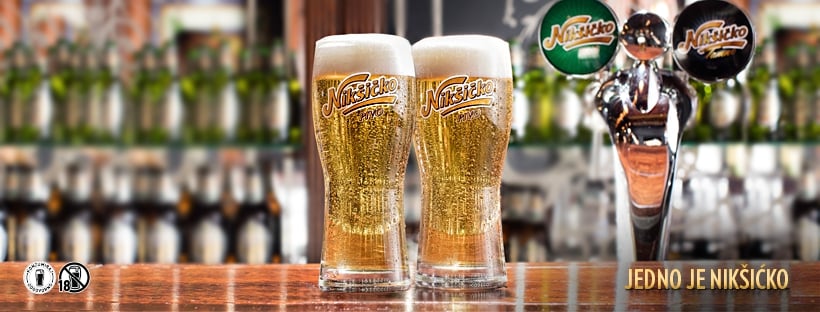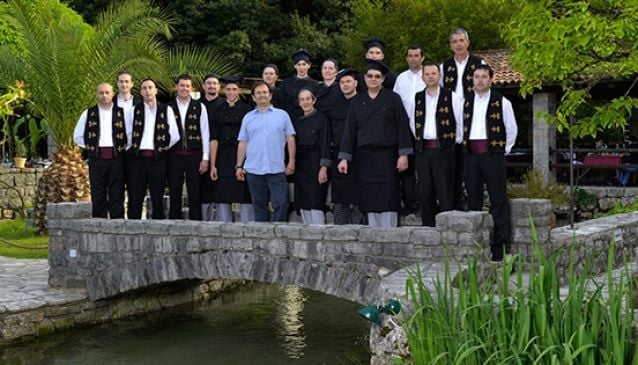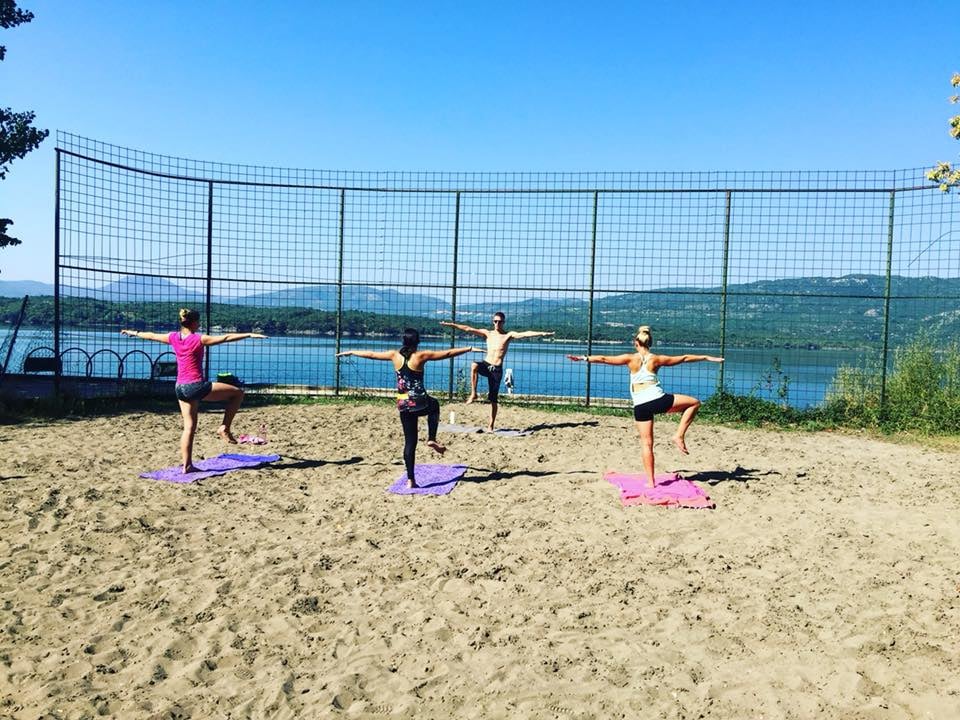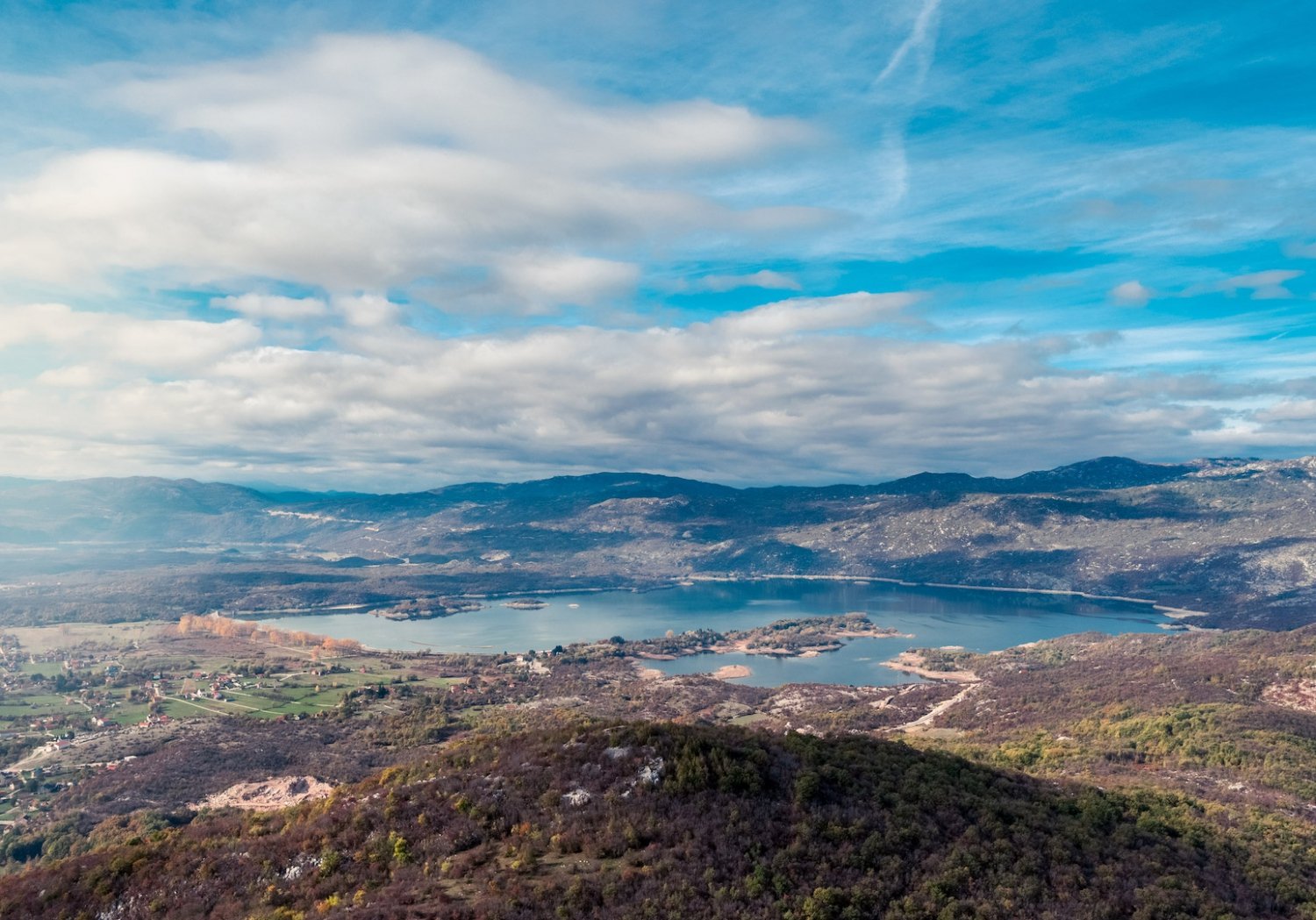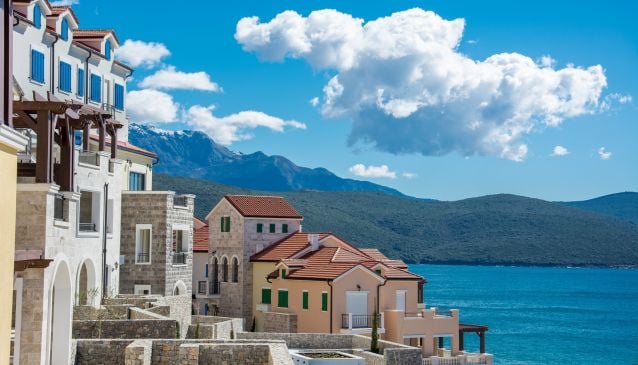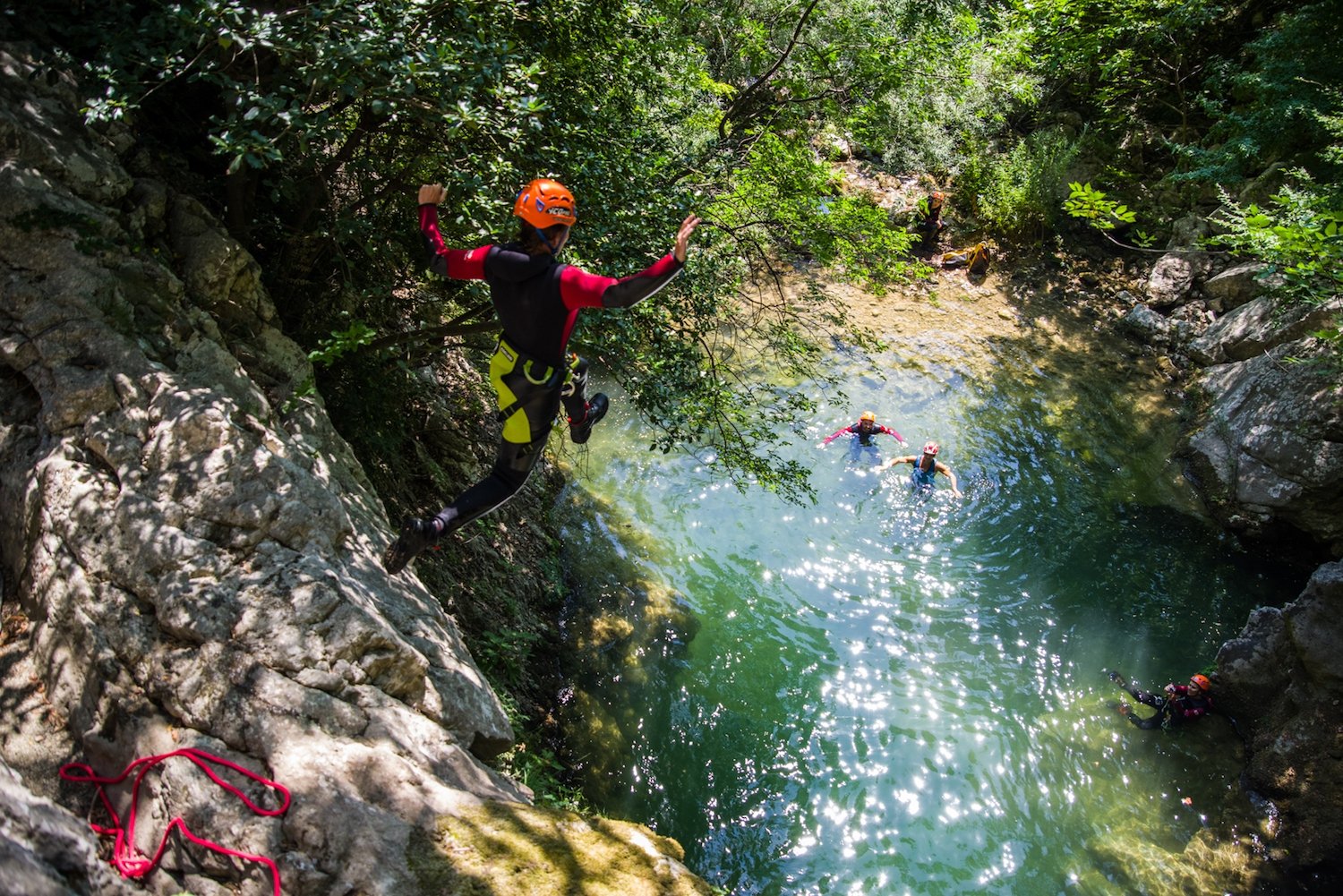Regional Info
With an area of around 14,000 square kilometres (roughly the size of Northern Ireland) and a population of only 650,000, Montenegro is one of Europe's smallest countries. However the variety of landscapes Montenegro has to offer belies its physical size. Boasting one of the most dramatic stretches of coastline in all of Europe, as well as some of the continent's wildest and most beautiful mountains, tiny Montenegro is likely to confound most visitors expectations.
Nearly 300km long, its stunning Adriatic coastline is sprinkled with historic towns, lively beach resorts, secluded coves and beautiful white-stone fishing villages. The remote, often inhospitable interior, meanwhile, displays an outstanding array of snow-dusted peaks, crystal clear lakes and rivers, deep forests and canyons. The whole adds up to a diverse landscape that is extraordinary for such a small country.
Extending from the southern tip of Croatia down to the border with Albania, the Montenegrin coast is the country's real jewel. Blessed with abundant sunshine, warm water and endless strips of sandy and pebble beaches, this startlingly beautiful coastline packs in some of the most striking scenery of the entire Adriatic.
The coast can be divided into three fairly distinct regions, the Bay of Kotor in the north, the Budva Riviera in the centre and the area south of here, which essentially comprises the towns of Bar and Ulcinj.
By far the most popular tourist destination is Budva with its appealing old town, some fine beaches and some of the hottest nightlife. Further south, Petrovac, has a superb beach and attracts a more family oriented clientele. Beyond Petrovac lies the port town of Bar with the fascinating ruins of Stari Bar (the old town) nearby and then the busy town of Ulcinj next to the Albanian border.
North of Budva, the upper part of the coast is dominated by the stunning Bay of Kotor, Europes southernmost fjord, throughout which are scattered numerous towns and resorts. One of the most popular is Kotor, whose delightful Old Town is dominated by Venetian-inspired architecture and Perast, once the seafaring capital of the Adriatic. Of the other resorts heareabouts, Herceg Novi, just south of the Croatian border is well worth a visit especiall given its proximity to the Orjen Massif and the beatiful Lustica penisula a short boat ride away. Meanwhile, Tivat, home to one of the country's two international airports is currently attracting new developments including Porto Montenegro and several proposed foreign investment projects incuding new marinas, hotels and golf courses.
The central region has at its heart the capital Podgorica and includes the important cultural towns of Cetinje, Niksic and Danilovgrad. It also contains the largest lake of the Balkans, Lake Skada which is one Europe's largest bird reseves. Important places to visit in the region include Ostrog Monastery, Lovcen Mausoleum and King Nikolas' palace. You can read more about this region in the sections starting with Cetinje.
Finally in terms of wild beauty the north region cannot be surpassed. Three national parks, Durmitor, Biogradska gora and Prokletije, the vast area of the Mount Sinjajevina, deep canyons of the rivers Tara, Piva and Komarnica and numerous gorgeous mountain lakes such a Crno Jezero will reward every traveller who makes the effort to visit the region. This a key area of adventure activities from sking in Kolasin to river rafting along the world famous Tara River.



